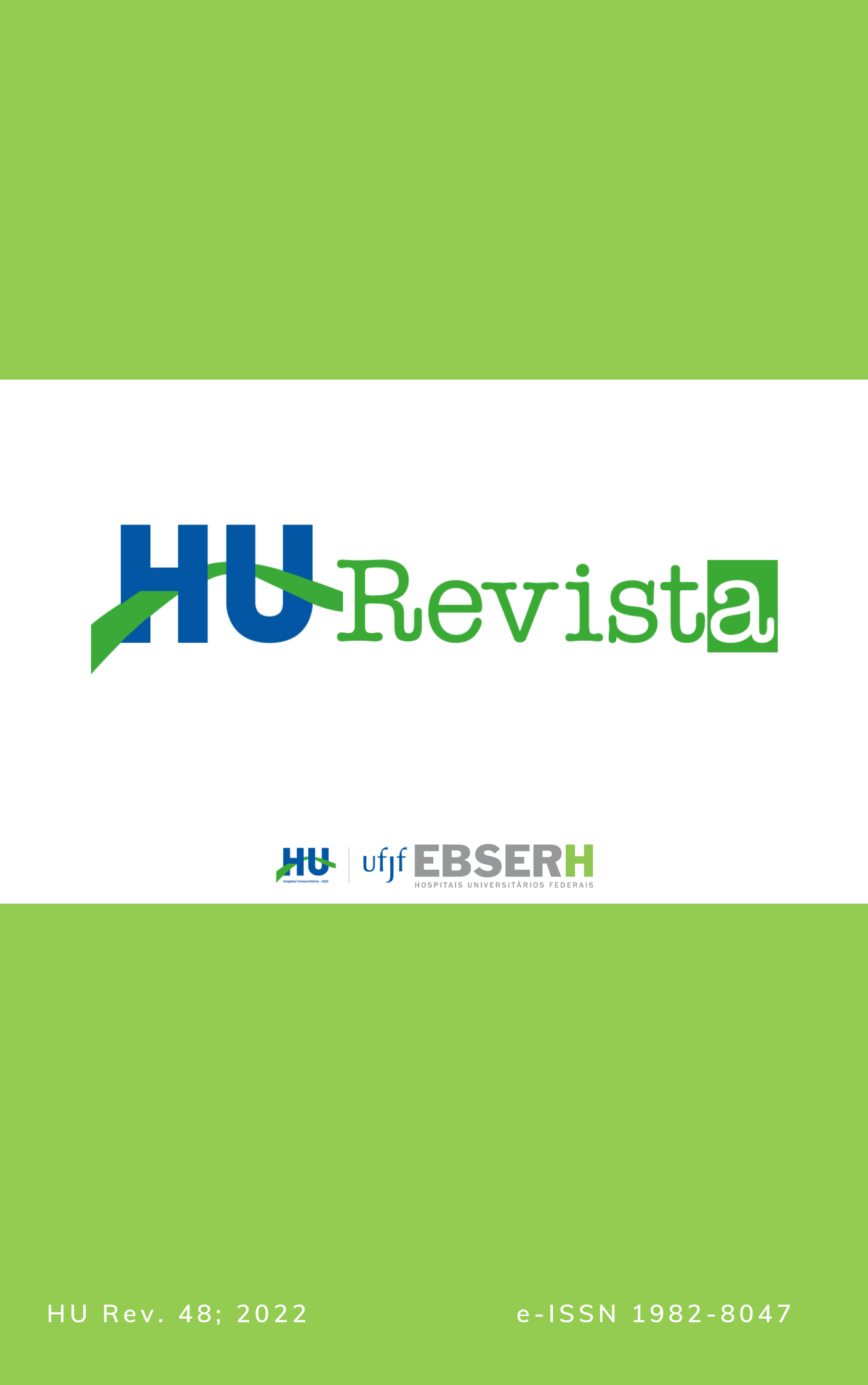HU Revista is an open access journal based in Brazil published by the University Hospital of the Federal University of Juiz de Fora/MG. As part of our ‘Story behind the journal’ series, DOAJ spoke with Helady Sanders-Pinheiro, the Editor in Chief.
Tell us about the HU Revista journal
HU Revista is a hospital journal linked to the University Hospital of the Federal University of Juiz de Fora, Minas Gerais, a public university. We are located in a medium city in Southeats Brazil. The journal has a broad scope, publishing studies from many areas of health sciences including medicine, nursing, physiotherapy, psychology, social assistance and public health. The journal was created almost 50 years ago, in 1974, and in a situation very different from what today looks like, so a lot has changed.
For the last 10 years, the journal has been linked to the Postgraduate program of Health Science for the School of Medicine. It has been important to bring in changes such as this to keep the journal modern and to our objective of being an assigned space for the dissemination of knowledge.
We are not a top journal, but I think it is important that journals such as ours exist. We are from a developing country, so it is not possible for us to only do high-quality research. However, it is important to do the research that you have the means to do. The journal provides a space to publish this kind of science, which is important for us and our community of professionals and students.
One achievement we are very proud of is being ranked in the 7th position by a national tool that collects academic information for the National Postgraduate System (Sistema Nacional de Pós-Graduação), Plataforma Sucupira, sponsored by the government agency for postgraduation (Coordenação de Aperfeiçoamento de Pessoal de Nível Superior – CAPES). We were in the 10th position previously, which was the lowest rank. In the recent update, we have gone up to 7th, so we are very happy about that, as we have received more interest in the journal because of it.
Since the beginning, the idea has been to showcase the best research from the region, and the journal has always been managed by a professor at the University Hospital. I am the Editor-in-Chief and have been for the last six years. I am also a Doctor, a full Professor of Nephrology in the Faculty of Medicine, a researcher, the Chief of the Kidney Transplant Unit, and I am a part of the postgraduate programme, so I have Master’s and PhD students.
It sounds like you have a lot of different professional roles, and your day must be very busy! How did you get involved with the journal?
Yes, I do many, many things! I was invited to do this job, after some changes within the university hospital. I was honoured to be invited.
I was born in a state in another region of Brazil, which is a poorer region. So, since the beginning of my professional career, I’ve made decisions to take on challenges that I think will make a difference. Accepting the invitation to become an Editor-in-Chief was a challenge, but somehow, I felt able to do it. I am very proud to be a part of the journal, as we have been able to achieve a lot of things. Actually, being invited to tell our story now with you is a great achievement for our journal and we are indeed very proud of.
How does the journal make a difference in the subject field or region?
We get a lot of students or researchers from niche areas submitting work to our journal, so we think it is important to have a place for these authors to publish their work. We think it is important to be a part of the professional development of researchers and students.
Previously we would give authors more help and feedback to help them get their manuscripts ready before a peer review, but we have seen an increase in submissions and sadly are not able to provide this extra level of support anymore due to time constraints.
What are your personal views on open access?
I think it is very important. I graduated more than 30 years ago, and I am involved in teaching, research and publishing. I’ve seen all these changes that have happened in the field, from research being published in paper form to PDFs. It was very common before to email the author of a paper and ask for a copy every time you needed to access research.
I remember when some of the first big journals became open access journals, and introduced fees to publish. There was a lot of noise around this at the time, but I think the idea of what open access is has evolved since then. There are still models where you pay, but many institutions have now taken the position that science should be open and available to everyone. For us, with limited access, open access is a very important initiative as it allows us to have access to knowledge.
I believe that open access is really important in science, in the dissemination of knowledge, and for people and researchers to be better professionals. Initiatives like DOAJ are an important part of open access.
Why do you think DOAJ is important to the scholarly community?
For us, being indexed in DOAJ was one of our objectives, as we wanted to achieve the pattern of quality and transparency that is required to be indexed. We also wanted to be a part of a group which focuses on improving science, and we think DOAJ does this for the community as well as helping with increased visibility.
What could DOAJ do in the future to help journals such as yours?
Simply that it exists!
This story is a part of our series about journals indexed in DOAJ, which digs into the history of selected journals, their views on open access and their motivation for and experience of getting indexed in DOAJ. Each story is based on an interview with a representative of the selected journal.


